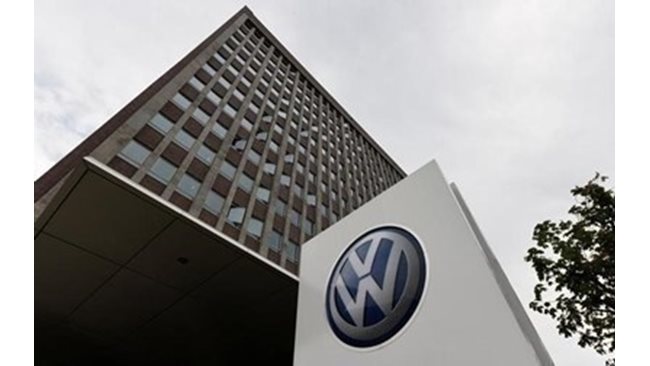As Cuba prepared on Monday to reopen airports, hotels, shops and for the remaining half of the student population to resume face-to-face classes after 20 months of restrictions due to COVID-19, expectations grew about the scope of the opposition march called by an artist and a group of young activists.
In the morning, President Miguel Díaz-Canel inaugurated the restart of the school year throughout the country with which some 700,000 primary school children resumed their classes. In the past weeks a similar number of students from the other educational levels had begun to attend the classrooms.
Cuba achieved relative control of the pandemic after an outbreak caused by the arrival of the Delta variant in the country at the beginning of the year that led it to register 9,000 new daily cases to about 400 today.
The Caribbean nation is the only one in Latin America that has nationally produced vaccines, Abdala, Soberana Plus and Soberana 02 -which were also exported to Iran, Venezuela, Nicaragua and Vietnam-. The authorities reported that more than eight million people – including children from the age of two – have already been immunized with a complete three-dose schedule.
It is expected that on Monday the airports will begin to receive international tourists, a vital sector for the country’s economy that is going through a deep economic crisis and has been almost paralyzed with visible effects on supply and inflation, especially in food, fuel and energy. electrical. Officials said they expect about 100,000 travelers in the remainder of the year.
But international attention is set on a march called by the playwright Yunior García and his group Archipiélago – an internet debate forum that is not explicitly partisan – and that the Cuban authorities consider illegal. Its organizers insisted that they will carry it out and the Prosecutor’s Office warned that they will be imprisoned.
The day before, García tried to take a solo walk to protest the denial of permission for Monday’s march, but was prevented by pro-government groups of neighbors and people who blocked the door in his building and on his street.
The march was called to demand the release of prisoners -especially those who were detained in July in other protests-, an expansion of human rights and a national dialogue.
The organizers called to march peacefully, dressed in white and with a flower in hand. The government promoted the holding of popular fairs in the place where it was reported that they would be concentrated in Old Havana, which celebrates 502 years of its foundation and will be honored with street events.
–

